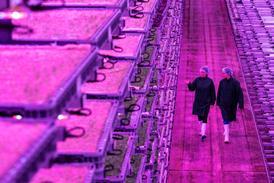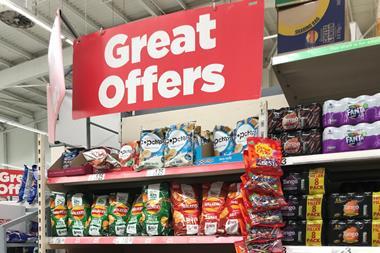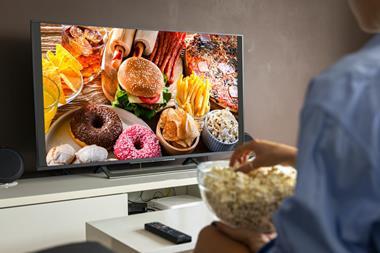Innovation takes many forms.
For tobacco manufacturers, current NPD feels almost like a last hurrah before the shutters come down, with cheaper, make-your-own cigarettes, slimline cigarettes that so obviously appeal to young ladies, and rumours that Imperial Tobacco is to launch a ‘snack-size’ cigarette for quick ciggie breaks ahead of the cold winter snap. With brands set to be defaced entirely in plain paper packs in the next few years, can one blame them?
The innovation promised by the IGD’s report into energy density, on the other hand, points to a much brighter future. Energy density, and the closely related issue of portion control, also tackled in the report, have been ignored for too long in the debate around obesity. Energy-dense foods such as crisps, chocolate, fried food and pizza are not only relatively cheap to produce, and often convenient, they also satisfy, in the most direct neural way, man’s innate need for energy.
By contrast, low energy-dense foods, especially fruit and veg, are more subtle, often less convenient, and not cheap at all not in the context of our energy requirements. So when a Sunday Mirror ‘investigation’ ‘reveals’ that doughnuts are cheaper than fruit and veg (while wrongly suggesting fruit and veg prices were on the up), it shows how much work there is to do to educate the media, and the wider public, on the socio-economic obstacles in the obesity epidemic.
Some retailers and manufacturers have worked hard, in recent years, to develop new ranges that address this issue in constructive ways, most notably M&S’s Fuller Longer and Innocent’s Veg Pots. But a cross-industry focus on energy density as a consideration could have a dramatic impact.
In the meantime, we want to do our bit, with a thought-provoking makeover (see our Dairymen supplement) for cottage cheese. Its energy density is low. Our concepts not only provide much needed visual stimulation; they could appeal to taste buds too.
Close menu
- Home
- Retail & Wholesale
-
Products & Suppliers
- Back to parent navigation item
- Products & Suppliers
-
Product Categories:
- Back to parent navigation item
- Product Categories:
- Alcoholic drinks
- Bakery
- Cereals & breakfast
- Cheese
- Chicken & poultry
- Chocolate
- Confectionery
- Crisps, nuts & snacks
- Dairy
- Fish
- Fresh produce
- Frozen
- Household
- Meat
- Own Label
- Sauces & condiments
- Seasonal
- Soft drinks
- Vaping
- Vegan & plant-based
- World foods
- Suppliers
- People
- Reports & Data
-
Topics A-Z
- Back to parent navigation item
- Topics A-Z
-
Popular topics:
- Back to parent navigation item
- Popular topics:
- Cost of living crisis
- Crime
- Deposit Return Schemes
- Finance
- Government & Regulation
- Health
- Inflation
- Loyalty
- Marketing
- Mergers & Acquisitions
- New Product Development
- Sourcing
- Supply chain
- Sustainability & environment
- Technology
- Ultra Processed Foods
- Vaping
- A-Z all topics
- Content by type:
- Events
- Subscribe now
Editor's Comment: Low energy-dense foods like fruit and veg are not cheap and often less convenient
By Adam Leyland2011-09-10T00:00:00+01:00
Sign in to comment on this article
Not logged in before? Register for FREE guest access today.
You will be able to:
- Read more stories
- Receive daily newsletters
- Comment on stories
Advert



















No comments yet